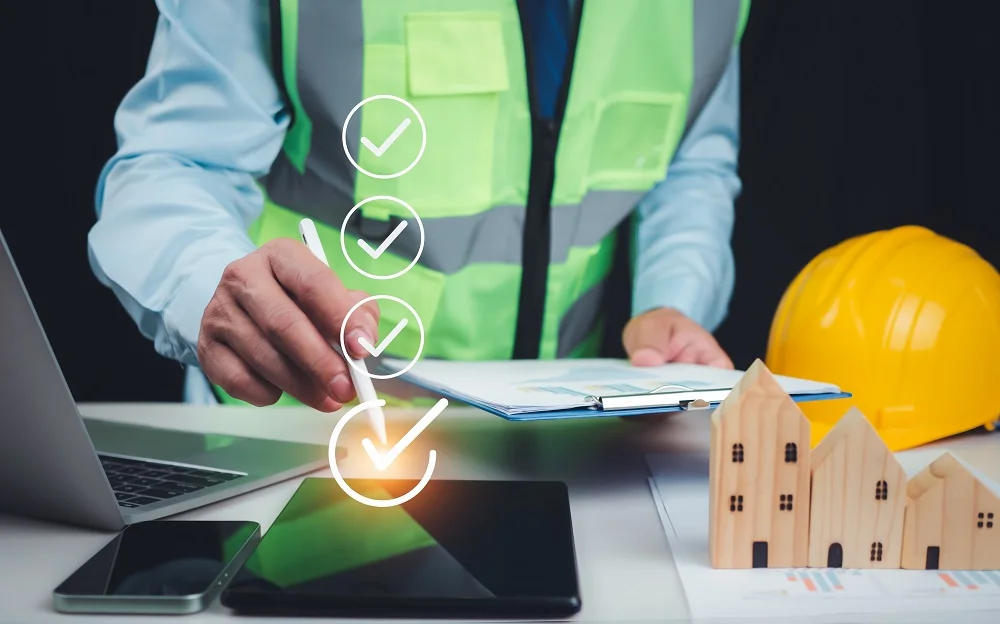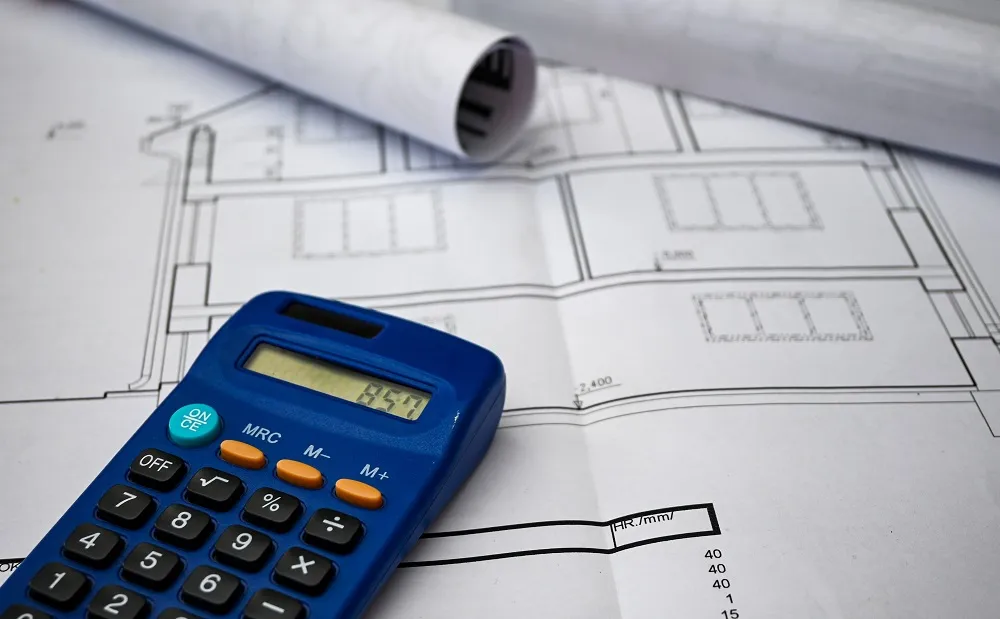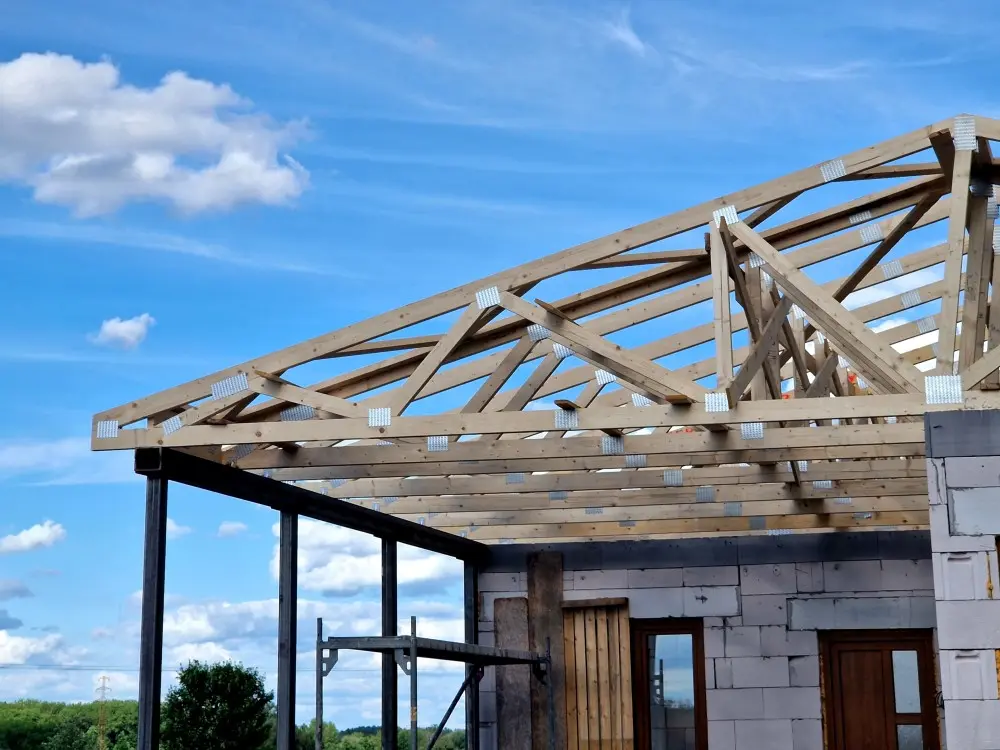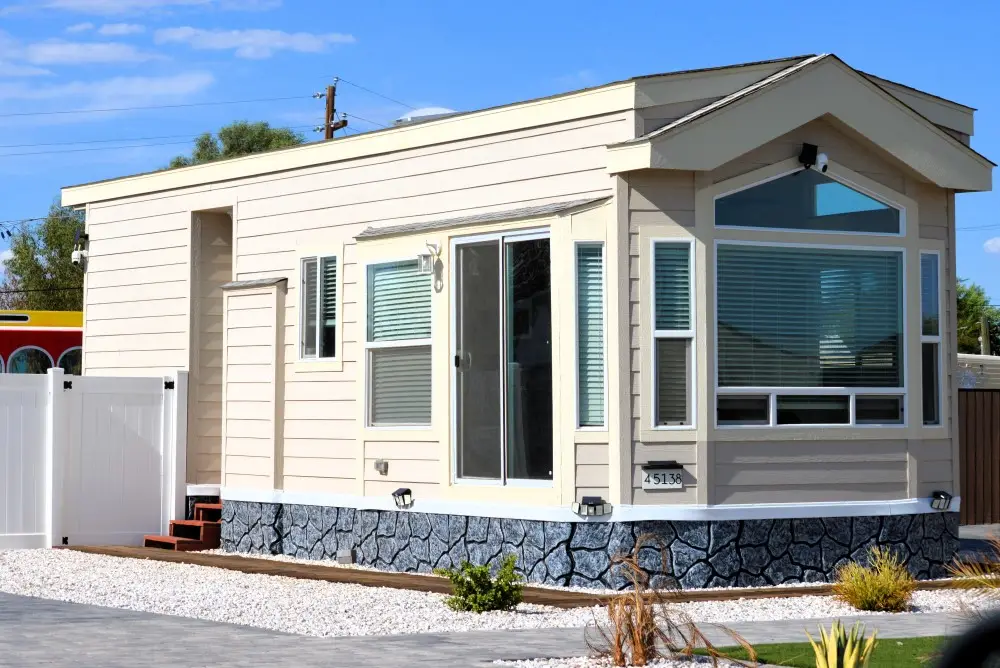Discovering unpermitted work on your property can trigger anxiety and uncertainty. Whether you're a new business or homeowner planning to sell, retroactive permits are essential for legalizing previous modifications. However, you may not know where to begin.
Professional San Diego building permit services can guide you through this complex process, ensuring your property meets code requirements while avoiding costly penalties. Understanding the costs and requirements of retroactive permits empowers you to make informed decisions that protect your investment and provide peace of mind for years to come. This is where our team at Streamline Design & Permitting can step in and help.
Key Takeaways
- Unpermitted construction can result in legal issues, fines, and insurance denial.
- Retroactive permits help bring your property into compliance and boost resale value.
- Permit costs range from $500 to $2,000+, depending on the project scope.
- Inspections may require opening walls or correcting substandard work.
- Working with professionals like drafters or permit expediters can streamline the process.
Understanding the Importance of Building Permits
Building permits are the foundation for any successful home remodeling, room addition, or ADU project in San Diego. These documents ensure your investment meets local building codes while protecting your property's value and safety. San Diego homeowners and business owners trust professional drafting and permitting services because unpermitted work can lead to costly penalties, including fines and potential demolition of non-compliant structures.
Properly permitted home remodeling and additions increase property value, with code-compliant work recouping up to 70 percent of costs, while ADUs create valuable rental opportunities. Whether designing a master bedroom addition or converting your garage into a granny flat, expert permitting ensures your project moves smoothly from concept to construction.

The Role of Building Inspections
Inspections are critical in the retroactive building permit process as they ensure home or commercial tenant improvements meet safety codes and standards. This is especially important for retroactive permits, since the work has already been completed. You should expect to open up concealed work like walls and floors, address any code violations, and possibly schedule multiple inspections if corrections are needed. If issues arise, permit extensions are typically available.
Consequences of Non-Compliance
If you’re tempted to ignore permit requirements, be aware that this can lead to serious consequences: fines or liens on your property, loss of insurance coverage, legal liability for damages, and reduced home value when selling. Some jurisdictions may even require demolition of unpermitted structures — a risk not worth taking.
Boosting Property Value Through Legitimate Improvements
Beyond compliance, permitted renovations increase market value. Buyers trust permitted work, properties face fewer hurdles during inspections, and appraisers can only factor in improvements done legally. Retroactive permits legitimize previous work and demonstrate commitment to compliance, becoming a valuable selling point for your home.
What Does a Retroactive Permit Cost?

In San Diego, retroactive permit costs typically range from $500 to $2,000.
For a standard residential renovation, most homeowners can expect to pay around $1,000–1,500. This includes the application fee, which generally costs a couple of hundred dollars, plus inspection costs ranging from $100 to $500 per inspection.
Larger projects like home additions or complete kitchen remodels tend toward the higher end of the spectrum, while smaller projects like bathroom updates may fall on the lower end.
Beyond the permit itself, you'll need to factor in potential costs for creating blueprints if needed, which can add 5–20 percent to your total project costs.
Typical Cost Ranges by Project Type
In this table, we’ve provided standard permit cost ranges to help you estimate these expenses for your upcoming renovation.
Additional Fees to Consider
Beyond the basic permit costs, you should budget for these professional services and required inspections that can significantly impact your total project expenses.
What Affects the Cost of a Retroactive Permit?
Several factors impact how much you'll pay:
- Project scope: More extensive work requires more documentation and inspections. For example, complex projects like structural modifications or electrical system overhauls typically incur higher retroactive permit fees than simpler renovations.
- City or county rules: Urban areas often charge higher fees. Some jurisdictions impose penalty multipliers, charging 2-4 times the standard permit cost for unpermitted work. Rural areas may have more lenient fee structures but stricter compliance requirements.
- Corrective work needed: You may need to redo or bring substandard work up to code. As a result, your total expenses may significantly increase, especially if walls, floors, or ceilings need to be opened up for inspection.
- Permit expediter services: Optional, but useful for navigating red tape. While these professionals charge fees ($500-$2,000, depending on project complexity), they may save you money by avoiding costly mistakes and delays.
- Age of construction: Older unpermitted work often requires more extensive updates to meet current building codes, especially regarding energy efficiency, electrical safety, and seismic requirements.
- Documentation availability: Having original plans, material specifications, and contractor information can streamline the process and reduce assessment fees that might otherwise be necessary.
Steps to Obtaining Permits After the Fact
Navigating the path to after-the-fact approvals can feel like a daunting journey, but with the right steps, it’s manageable.
- Identify the unpermitted work. Hire a professional (like a general contractor or inspector) to assess all changes.
- Hire a drafter or architect to prepare detailed drawings of existing conditions. Engineering services may be required for structural details.
- Submit the complete plans to your local building department. This will trigger a plan check process and initiate permit review.
- Be prepared to open up walls, floors, or ceilings, so inspectors can verify compliance with building codes.
- Pay the required fees, including inspection and plan check fees.
- Rectify any non-compliant work as required by the inspector.
- Once all inspections pass, you'll be issued the retroactive permit.
Note: You may also face fines or penalties for completing work without prior approval. However, once rectified, you’ll avoid more serious legal and financial issues in the future.
Obtain Your Retroactive Permit with Streamline Design & Permitting
Retroactive permits might seem like an unnecessary expense, but view them as crucial investments in your property's future. Beyond avoiding fines and legal complications, they ensure your home's safety, maintain insurance coverage, and maximize resale value. The process may be complex, but the benefits far outweigh the costs.
Ready to bring your property into full compliance? Contact our expert permit specialists today for a free consultation. Our seasoned and local team will help you navigate the retroactive permit process confidently. Let us help you turn your property liabilities into valuable assets.












